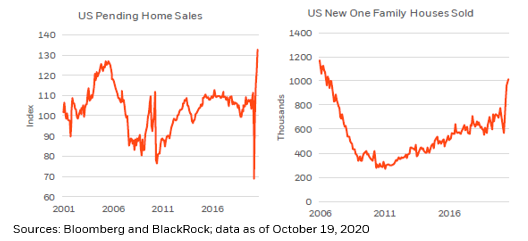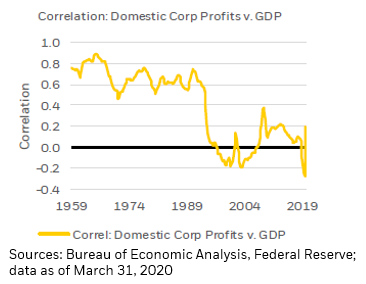
The last several weeks have provided abundant drama for #markets to digest, but in our latest @BlackRock Market Insights commentary, we suggest that it’s two recent #publications that might prove more instructive for #portfolio #allocation in 2021: bit.ly/3p39aMo 

First, @jasonfurman and @LHSummers make a strong case that lackluster #growth and #inflation in developed #markets may be boosted by targeted #fiscal spending. Over long horizons, the #cash flows that accrue from productive #investments render the #debt incurred sustainable. 

Second, @RobertJShiller published a significant update to his widely followed #CAPE model: subtracting the real #yield on #USTs from the reciprocal of the CAPE ratio to show what an #equity #investor may expect to earn over #risk-free #bonds, in real terms based on #market price. 

Together, we think these recent publications imply that an excessive focus on singular #economic measures, such as #debt as a % of current #GDP (blue line in first graph), or the unadjusted #CAPE ratio (the left-hand graph, second figure), could prove to be red herrings.
.#Investors that are overly focused on these metrics and draw #risk-averse conclusions from them may not be able to re-orient #portfolios effectively, should the perceived negative #economic outcomes be avoided, as we think likely.
• • •
Missing some Tweet in this thread? You can try to
force a refresh







